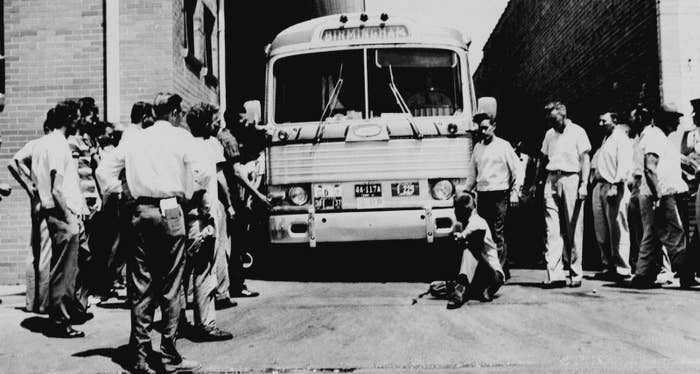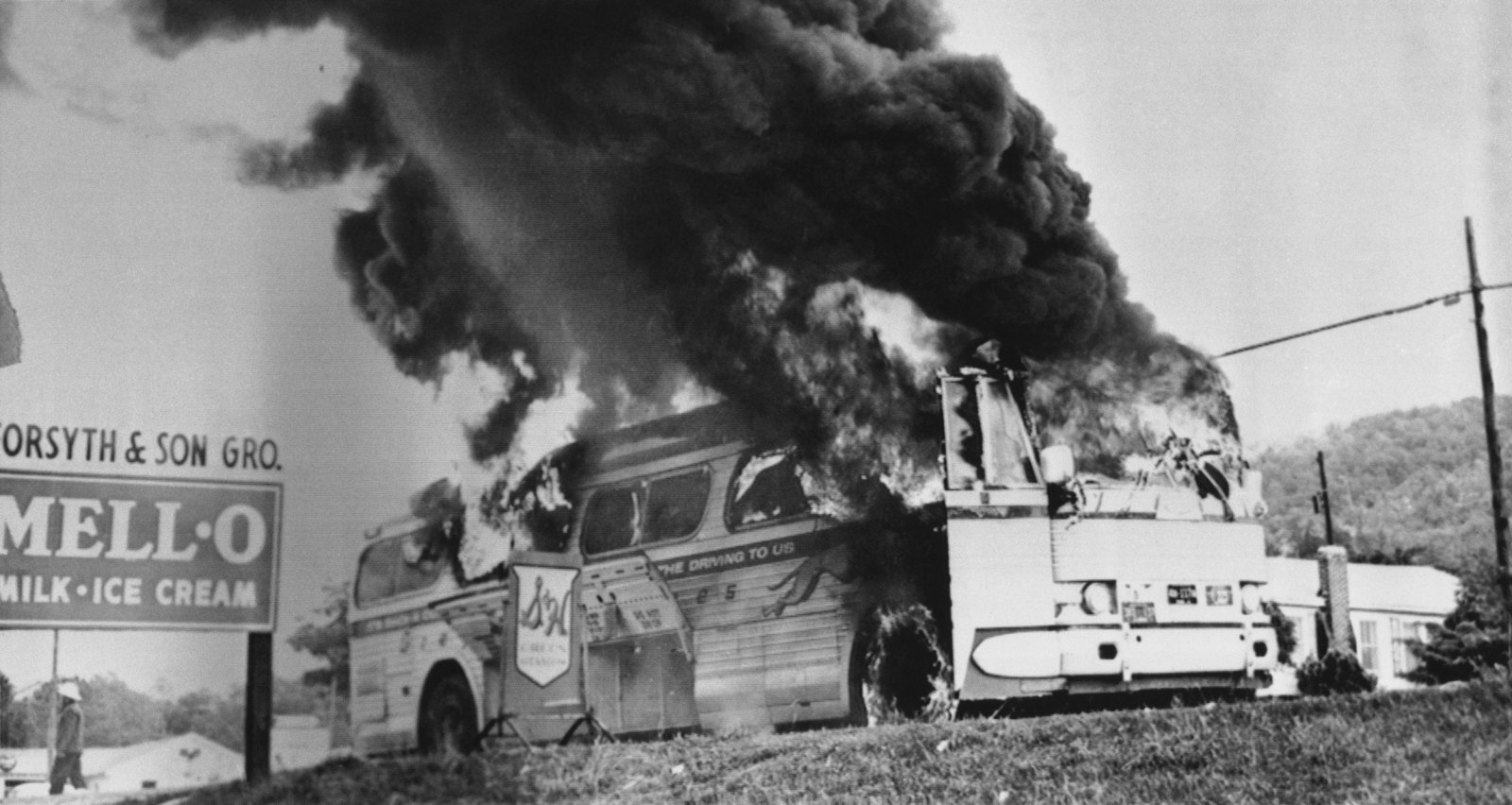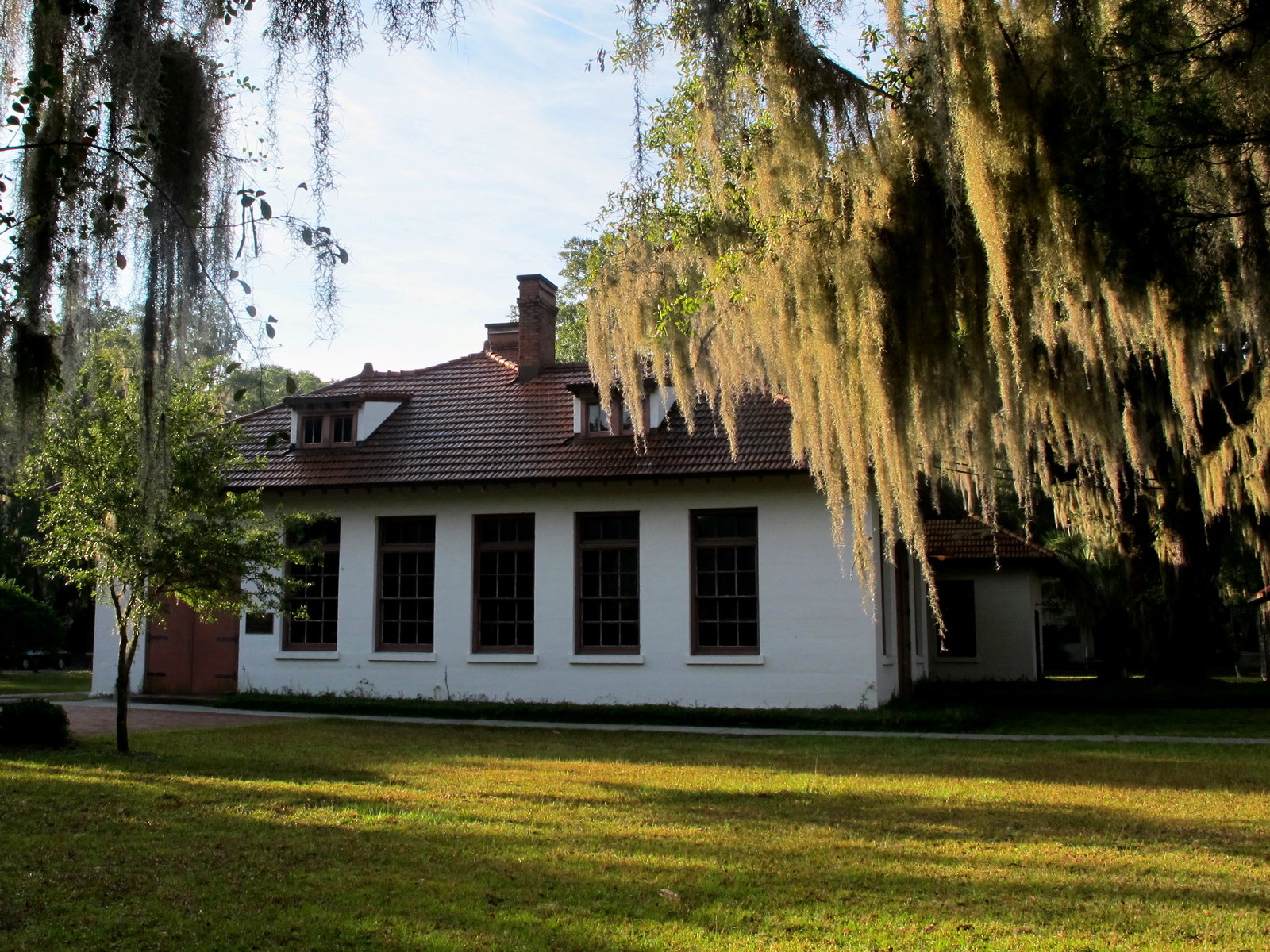
President Obama on Thursday announced three new national monuments honoring the nation's civil rights struggle.
The new monuments highlight historical spots that were key in the country's history of civil rights, stretching from the Civil War to the civil rights era.
The sites include locations where the Emancipation Proclamation was read, communities established by recently freed slaves, the one-time headquarters of Dr. Martin Luther King Jr.'s civil rights campaign, and the Anniston, Alabama, Greyhound bus station where Freedom Riders looking to test desegregation were attacked in 1961.
"These monuments preserve the vibrant history of the Reconstruction Era and its role in redefining freedom," Obama said in a statement. "They tell the important stories of the citizens who helped launch the civil rights movement in Birmingham and the Freedom Riders whose bravery raised national awareness of segregation and violence."

The new monuments highlighting the nation's civil rights fight will be named the Birmingham Civil Rights National Monument, the Freedom Riders National Monument, and the Reconstruction Era National Monument.
"These stories are part of our shared history," Obama said in the statement.
The Birmingham Civil Rights National Monument will designate the A.G. Gaston Motel in Birmingham, Alabama, which was once used as the headquarters for Martin Luther King Jr.'s civil rights campaign.

The monument will also be associated with other sites in Birmingham, according to the statement, including the Sixteenth Street Baptist Church, which was bombed in 1963, and Kelly Ingram Park, the site where hoses and dogs were used against civil rights protesters.

The Freedom Riders National Monument in Anniston, Alabama will include two sites significant to the civil rights movement, including the Greyhound Bus Station where Freedom Riders were attacked in 1961, and the place where one of the buses was firebombed.
The two locations are especially significant to the Freedom Riders of the 60s, who traveled to segregated portions of the South to challenge desegregation laws that were not being enforced.
The Reconstruction Era National Monument will be located in South Carolina and include four areas in Beaufort County.
The monument will include sites that were developed by freed slaves in the Reconstruction Era South.

They will include the Brick Baptist Church and Darrah Hall at Penn Center on St. Helena Island, which was used at one point as a school for freed slaves.
The Old Firehouse in downtown Beaufort and parts of Camp Saxton in Port Royal, where the Emancipation Proclamation was read on New Years Day 1863.
The sites are part of the President's effort to "build a more inclusive National Park System to ensure that our national parks, monuments and public lands are fully reflective of our nation's diverse history and culture."
Obama also expanded two existing monuments in Oregon and California, adding more than 53,000 acres of Western lands now under federal protection.
The expansions include 6,230 acres to the California Coastal National Monument and 42,000 acres to the Cascade-Siskiyou National Monument.
According to the White House, Obama has set aside more public land for federal protection than any other past president, but the move has also raised concerns among groups that would rather have states or local groups have control over the lands.
Designated by President Bill Clinton in 2000, the California Coastal National Monument will now include six more coastal areas along the California coast, which, according to the White House, "will protect incredible coastal natural resources, scenic views and areas of cultural and historical significance."
The Cascade-Siskiyou National Monument in Oregon and California will add 47,000 acres to "increase habitat connectivity, watershed protect, and landscape-scale resilience for the area's unique biological values."
